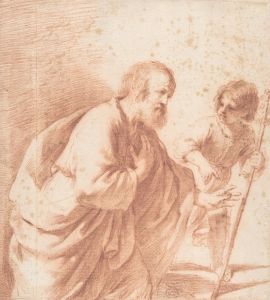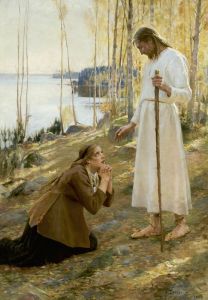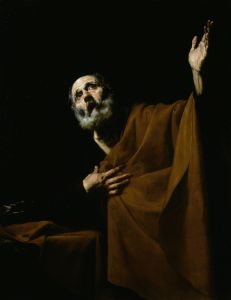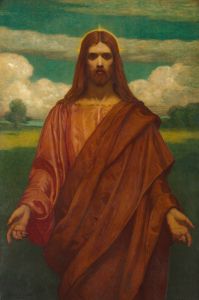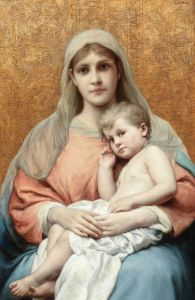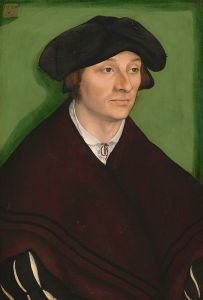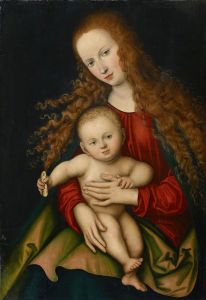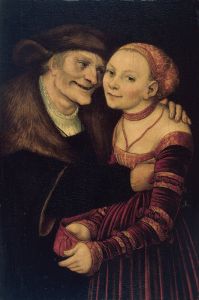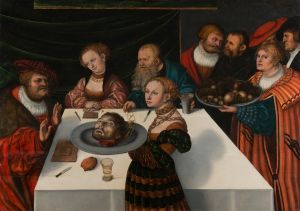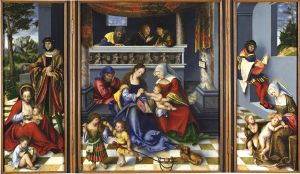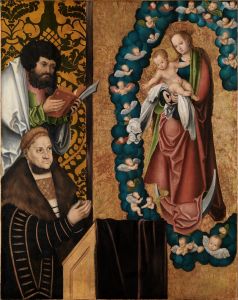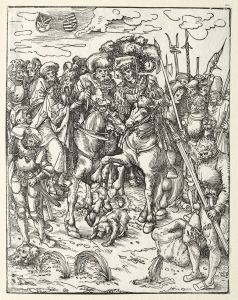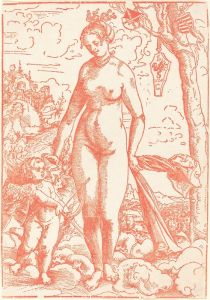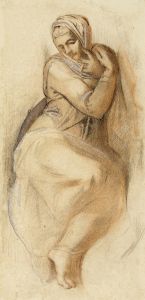
Virgin and Child
A hand-painted replica of Lucas Cranach the Elder’s masterpiece Virgin and Child, meticulously crafted by professional artists to capture the true essence of the original. Each piece is created with museum-quality canvas and rare mineral pigments, carefully painted by experienced artists with delicate brushstrokes and rich, layered colors to perfectly recreate the texture of the original artwork. Unlike machine-printed reproductions, this hand-painted version brings the painting to life, infused with the artist’s emotions and skill in every stroke. Whether for personal collection or home decoration, it instantly elevates the artistic atmosphere of any space.
Lucas Cranach the Elder, a prominent German Renaissance painter, is known for his distinctive style and contributions to the art of the Reformation period. One of his notable works is "Virgin and Child," a theme he explored in several paintings throughout his career. While specific details about each version of "Virgin and Child" by Cranach may vary, the general characteristics and historical context of these works can be discussed.
Cranach was born in 1472 in Kronach, Germany, and became a leading figure in the Northern Renaissance. He was closely associated with the Protestant Reformation and was a friend of Martin Luther. Cranach's workshop was prolific, producing numerous religious and secular works that were widely distributed across Europe.
The "Virgin and Child" theme is a traditional Christian subject depicting the Virgin Mary with the infant Jesus. This subject has been a central motif in Christian art, symbolizing purity, motherhood, and the divine nature of Christ. Cranach's interpretations of this theme often reflect his unique style, characterized by elongated figures, attention to detail, and a harmonious use of color.
In Cranach's "Virgin and Child" paintings, the Virgin Mary is typically portrayed as a serene and graceful figure, often dressed in rich, flowing garments. The infant Jesus is usually depicted as a lively and engaging child, sometimes holding a symbolic object such as a fruit, which can represent the Fall of Man and the redemption brought by Christ. The background of these paintings often includes lush landscapes or architectural elements, adding depth and context to the scene.
Cranach's ability to blend traditional religious iconography with contemporary stylistic elements made his works appealing to both Catholic and Protestant audiences. His paintings often include subtle details that reflect the theological debates of his time, such as the emphasis on personal devotion and the humanization of sacred figures.
The "Virgin and Child" paintings by Cranach are also notable for their technical execution. Cranach was skilled in the use of oil paints, which allowed him to achieve a high level of detail and vibrant color. His workshop was known for its efficiency and ability to produce multiple versions of popular themes, which contributed to the widespread dissemination of his works.
Cranach's influence extended beyond his lifetime, as his workshop continued under the direction of his son, Lucas Cranach the Younger. The elder Cranach's contributions to art and his role in the cultural shifts of the Reformation era have cemented his place in art history.
While specific details about individual "Virgin and Child" paintings by Cranach the Elder may not always be available, the general characteristics and historical significance of these works provide insight into his artistic legacy and the cultural context of his time.





